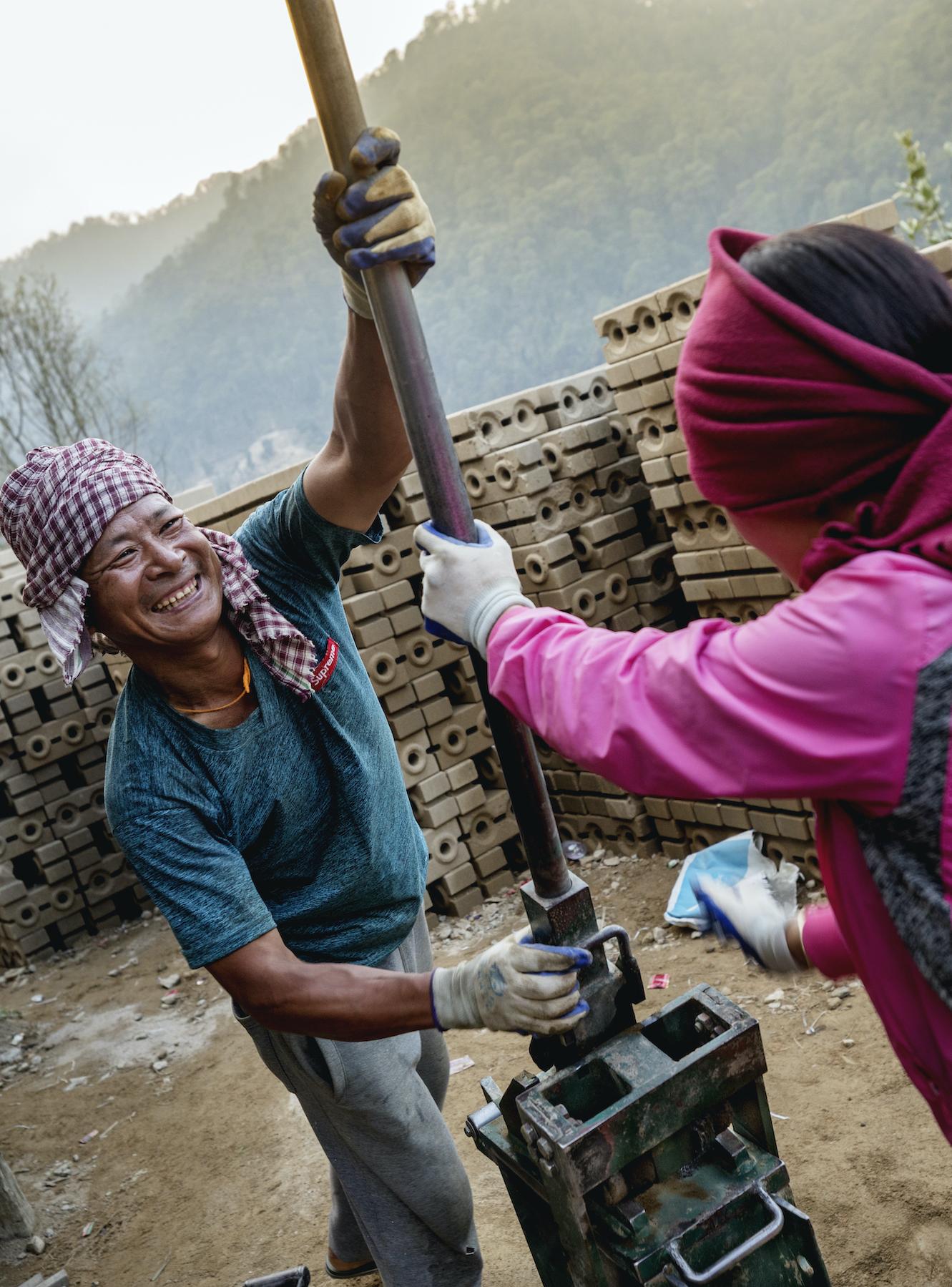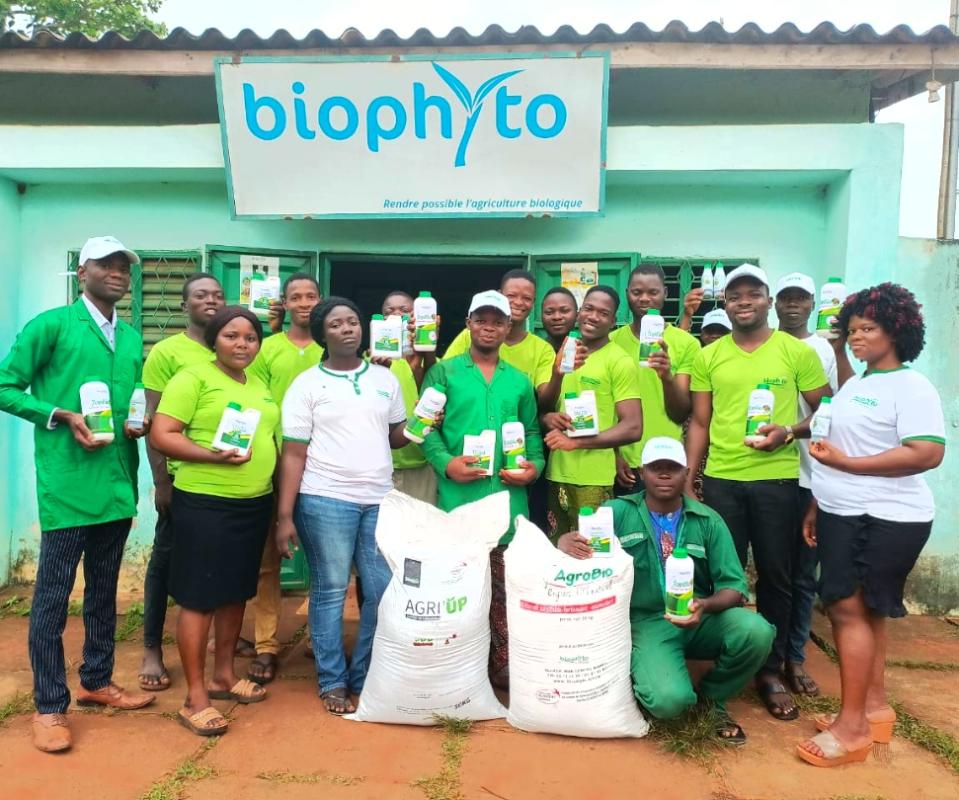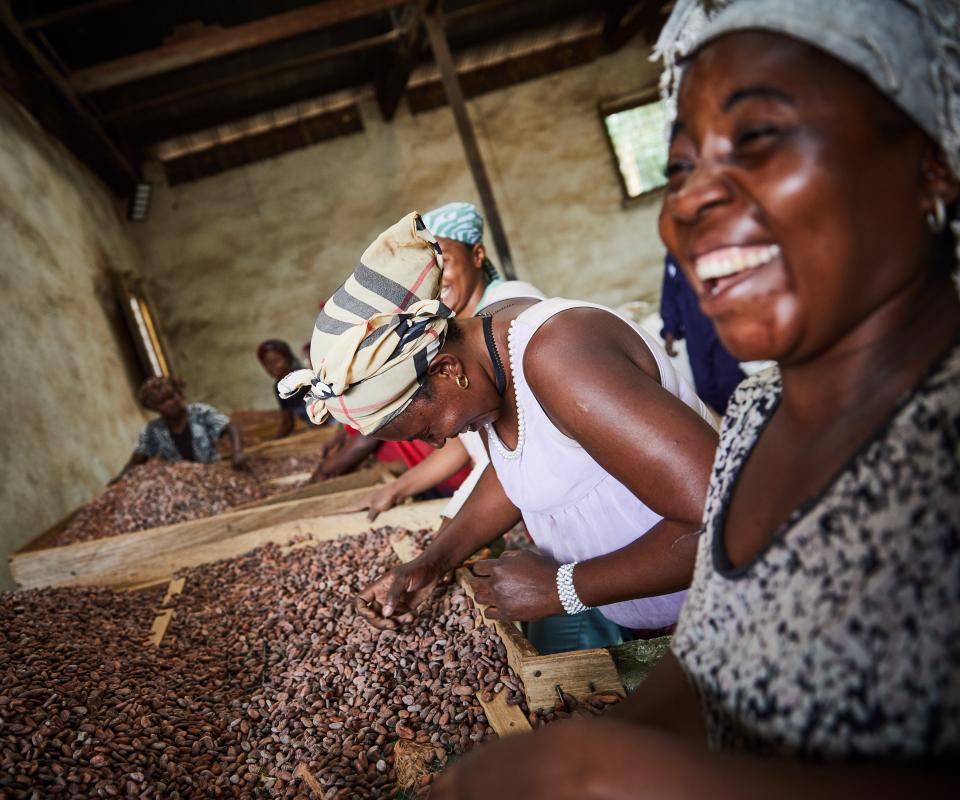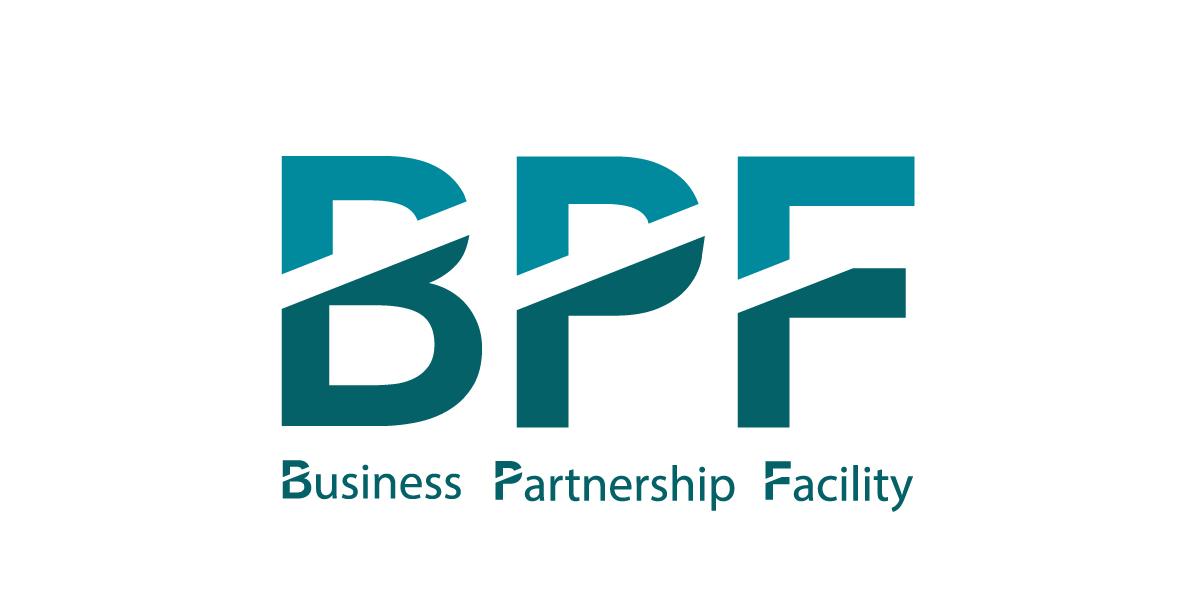
‘It’s a win-win’: building a way out of poverty in disaster-hit Nepal
Affordable and climate-friendly earth bricks designed “like Lego” are the key building blocks for a social business in earthquake-hit Nepal that has created thousands of safe homes and secure jobs, as well as income for local entrepreneurs. With funds from the Business Partnership Facility (BPF), which is managed by the King Baudouin Foundation, Build Up Nepal has been able to grow.
When the founders of Build Up Nepal were deciding on the best way to help in the aftermath of a devastating earthquake in 2015, they “took a big gamble instead of the safe path”.
More than 800,000 homes had been destroyed by the disaster and subsequent floods, with poor rural families worst affected. But instead of using fundraised cash to re-build a few schools or houses, founders Björn Söderberg and Bina Shrestha started working on a sustainable business model that would spread its impact much wider.
Build Up Nepal’s method helps facilitate the building of ecological, low-cost, earthquake-resistant homes while creating jobs and harnessing the investment, effort and passion of local entrepreneurs and residents. At the heart of the social business is a low-tech interlocking earth brick that is 20–40% cheaper to make and uses up to 60% less CO2 than conventional fired bricks.
Their micro-enterprise model has so far resulted in the building of more than 6,000 homes across 287 communities, and the creation of nearly 3,000 jobs.
And it has been expanding thanks to funding from the BPF ‘Enterprises for SDGs’ programme, which provides support for innovative enterprises that share at least one of the UN’s Sustainable Development Goals. In 2020 it awarded €130,000 to Build Up Nepal so they could scale up production, support more than 100 new entrepreneurs and expand into poor areas in western Nepal. The money is also being used to build a supportive market system for the micro-enterprises, train more masons, and make technical improvements to the machines.
‘Bricks, not bamboo’
It wasn’t an easy beginning, explains deputy managing director Andreas Kölling, who was there doing his university thesis with a scholarship from the Swedish Foreign development agency, SIDA, when the 2015 earthquake struck. After connecting with Söderberg and his wife Bina, they co-founded Build Up Nepal and started by training locals in a marginalised community to build bamboo homes.
“We came back a month later and no one had done it. We said, ‘why do you want to live in this tiny shelter when we've just showed you how to build a beautiful house?’ They didn't want that; they wanted a brick house because bamboo is used for building a cow shed or a small storage unit and it's seen as very sub-standard.
“So, our first big learning was that if we want to build with something scalable, it has to be something that people don't just accept living in, but they dream and really aspire to live in.”
Knowing little about the technicalities of house-building the founders set about “Googling day and night” to find out how these houses could be built well, and affordably. “We still believed in training the locals and using local materials as the way to do it. That's when we found this existing earth brick technology”, says Kölling.
Interlocking Bricks (CSEB) are made by mixing and compressing sand, soil – or stone-dust – and cement in a machine. The bricks are cured and the cement sets and bonds with the sand to stabilise the brick, meaning no burning or fuel is needed. They are stacked, interlocking “just like Lego” and then a combination of cement and bars and horizontal bands bind it together to create a strong structure.
“It's very easy and fast to build with, and it's easy to train people to use them,” he adds.
The bricks were already in use in India and Thailand but hadn’t been tried in Nepal. After some pilot testing, in 2017 the Nepalese government approved the technology.
Local economic engine
“From there we started working in this entrepreneur model that we have scaled up in the last four years, and which the BPF project has been focused on,” said Kölling.
The model aims to “ignite an economic engine” in each village. Build Up Nepal sells the brick-making machine to rural entrepreneurs who can invest money and time in a local building operation – this might be a husband-and-wife team, an individual, a youth association or women’s group.
Once the enterprise is established, Build Up Nepal works with NGOs and other partners to offer support such as training in masonry, funding quality assurance checks, and other long-term back-up.
Low-income families can save 25% of the usual cost of a small house and can make further savings by sourcing materials or doing some of the unskilled labour themselves. In some cases, their partners provide fully-funded houses for the most vulnerable families such as single mothers or the elderly.
And to fulfil their aims on inclusivity, Build Up Nepal offers incentives to ensure that women entrepreneurs, who may have less access to finance, can have the opportunity to invest in the machine.
One woman entrepreneur, Saraswati, from Jogidada in central Nepal, has built 35 houses via her micro-enterprise, and says demand is growing quickly. “Many women ask me how they can become independent earners like me,” she says.
Another, Parbati, says she recovered her investment in three–four months and has been convincing others of the cost-effectiveness of the process and the job opportunities it brings. “Our village has many youths who aspire to go abroad for employment. But seeing this, many are motivated to stay.”
Invested in the future
Kölling adds: “We are driven by the social, environmental and economic impact, but in the conversation with the potential entrepreneurs the focus is on how this is a good business.
“To make long-term scalable reconstruction and recovery work you need to get the private sector on board, and the majority of the investment has to be from the local person – that's how we get their 100% drive to focus on this day and night.
“We are driven by the social, environmental and economic impact, but in the conversation with the potential entrepreneurs the focus is on how this is a good business.”
“And that also gives it more impact for BPF. If we have entrepreneurs that are from that area, they can operate very cheaply, they already have a strong social network, they know where to get the materials at the cheapest cost, they know where to get the local masons, they know how to convince the local government to build using this material... it's a win-win.”
About the Business Partnership Facility
The Business Partnership Facility ‘Enterprises for SDGs’ support programme, run by the Belgian Development Cooperation (DGD) and the King Baudouin Foundation, provides grants to enterprise projects that are working towards at least one of the Sustainable Development Goals or SDGs, the 17 goals set out by the United Nations to eliminate extreme poverty and make our world more sustainable by 2030. The selection process focuses strongly on job creation and improving the position of women, (alleviating) environmental impacts and of course also on sustainable economic feasibility, as well as opportunities to grow or disseminate the business model.
With its 6th selection round in the spring of 2021, the BPF brought the number of enterprise projects supported up to 36, with funding totalling almost 5.8 million euros.
Other stories
Inspiring engagement!


Four founders explain how the Business Partnership Facility supports their sustainable businesses in Rwanda and Senegal
“The relationship between funder and grantee is important,. Social entrepreneurs are passionate about what they do. Trust is critical in the sense of empowering implementers. I experienced that trust and that was empowering, the feeling that I have control to take decisions that I see are right for us.”

Cleaning up farming in Benin and the rest of Africa
To achieve that result, we had to convince farmers, because initially they were very hesitant to use the organic products.Today, they follow us, especially since they no longer have to wear protective clothing to avoid burns caused by the chemical products. BioPhyto products are better for their health and that of the population, which can now count on healthy and organic food. And that means great long-term progress for health, the environment and the economy."
Other press releases

Business Partnership Facility: impact in developing countries by nurturing a culture of learning, innovation, and sustainability
The Business Parternship Facility initiative shows impact in developing countries, by promoting learning, innovation and sustainability.

Business Partnership Facility : grant support for social impact enterprises is ‘successful model’
According to an external mid-term evaluation of the Business Partnership Facility programme, financial support for social impact enterprises is ‘successful model’.

Eight business projects in the South receive support from Business Partnership Facility ‘Enterprises for SDGs’
Eight business projects in the South that are contributing towards the Sustainable Development goals receive support from Business Partnership Facility ‘Enterprises for SDGs’.